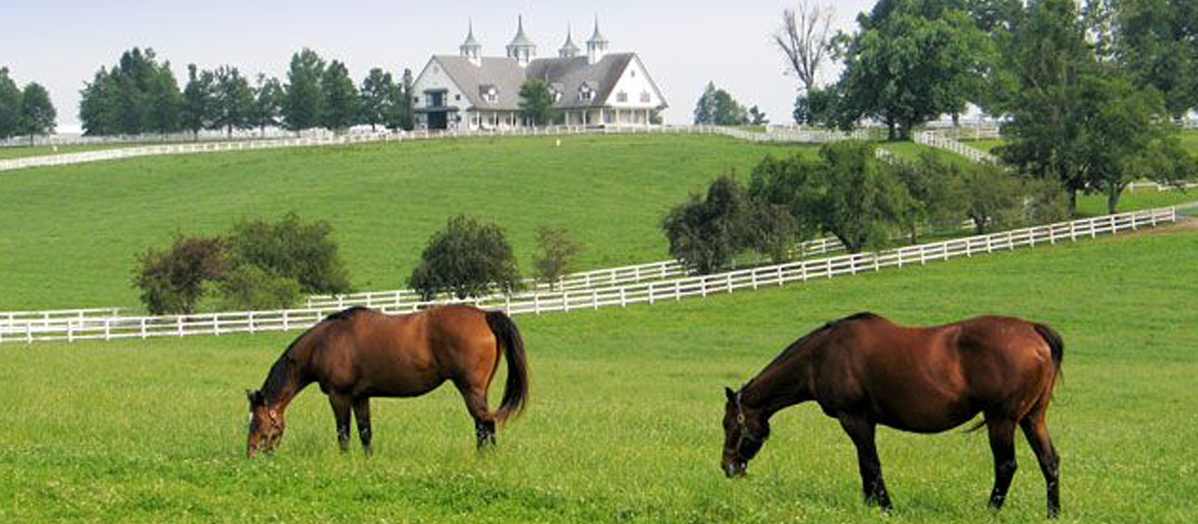365 Days in Horse Country – The Irish Draft
September 4th, 2013
365
Days in Horse Country – The Irish Draft
Irish farm horses of the nineteenth century filled multiple
roles, from tilling the fields, to pulling carts to fox hunting on the
weekends. That called for a
lighter-weight animal than the traditional draft horse, but it was still
substantial, making it popular today for its breeding qualities. Irish Draught mares produce excellent hunte ...







